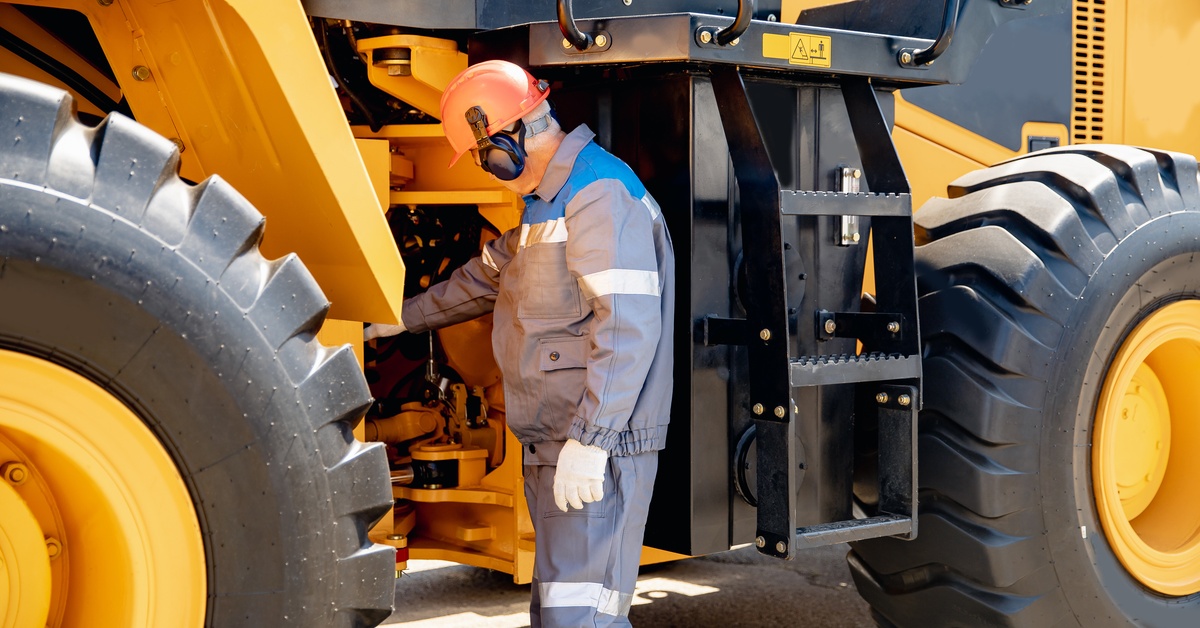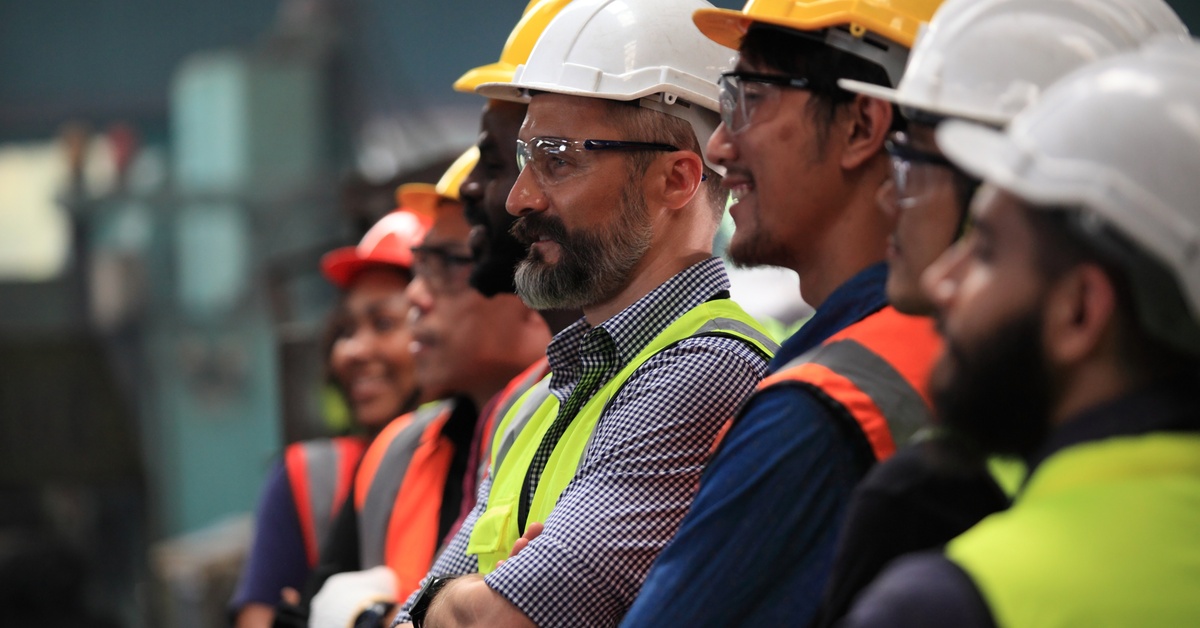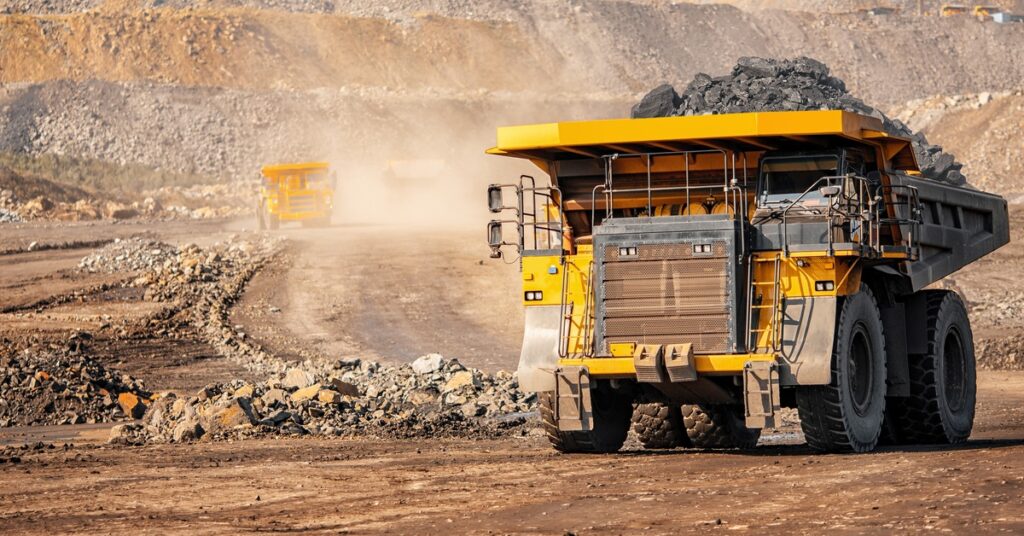As a representative of a mining company, you rely heavily on your equipment to keep operations running smoothly. However, without proper care and maintenance, your equipment can quickly become a liability rather than an asset. That’s why it is crucial to implement preventative maintenance practices to sustain your mining equipment and avoid unexpected breakdowns or costly repairs.
Schedule Regular Inspections
Frequent inspections of your mining equipment are critical for catching potential issues early. These inspections make it easier for you to identify and resolve problems before they become more serious or result in costly downtime. Regular inspections can also help you maintain the overall health of your machinery, ensuring that it operates at peak efficiency.
Keep Maintenance Records
Maintain detailed records of your equipment’s maintenance and repair history. These records can help you spot recurring issues, track the lifespan of various components, and plan for replacements or upgrades. By keeping organized logs, you can also prevent redundant maintenance tasks and make data-driven decisions about scheduling preventative maintenance. Additionally, accurate records can make it easier to comply with regulations and warranties.

Train Your Team on Proper Handling
Your team plays a vital role in ensuring the longevity of your mining equipment. Comprehensive training equips operators and maintenance personnel with the knowledge they need to use and maintain machinery correctly. Proper training minimizes the risk of user errors, which can lead to equipment damage or accidents. Regular refresher courses and updates on new equipment features or protocols will ensure your team stays prepared and confident in their roles.
Use Lubrication
Proper lubrication is essential for preventing friction, wear, and overheating in the moving parts of your mining equipment. Using the right type of lubricant, as recommended by the manufacturer, can significantly extend the lifespan of your machinery. Try to make sure that your team follows proper lubrication schedules and that you monitor equipment to confirm that all components are properly lubricated. Neglecting this step can result in costly repairs and reduced performance.
Maintain Cleanliness
Keeping your mining equipment clean is one of the simplest yet most effective maintenance practices. Dirt, debris, and buildup can cause blockages, corrosion, and unnecessary wear and tear. Regular cleaning guarantees that your machinery operates efficiently and reduces the risk of breakdowns. Implement a cleaning routine that aligns with your equipment’s usage and environmental conditions, and provide your team with the proper tools and cleaning agents for the job.
Replace Worn Parts
Waiting for parts to fail before replacing them can lead to unexpected breakdowns and costly downtime. Instead, inspect your equipment regularly for signs of wear, such as cracks, rust, or reduced functionality. Replacing worn parts proactively can keep your machinery running smoothly and prevent small issues from escalating into major problems.
Monitor Fluids
Proper fluid levels for oil, coolant, and hydraulic fluid are vital for mining equipment to function properly. Low or contaminated fluids can lead to overheating, increased friction, and damage to internal components. Try to develop a routine to check and top off fluid levels, and ensure that you’re only using high-quality fluids. Regular fluid analysis can help you detect contaminants or degradation, allowing you to address issues before they affect performance.
Address Small Issues Promptly
Seemingly minor issues, such as small leaks, strange vibrations, or unusual sounds, often act as early warning signs for larger problems that could lead to costly repairs or downtime if ignored. Encourage your team to remain vigilant and report any anomalies immediately, no matter how minor they may seem. Prompt action can prevent these small issues from escalating into major failures.
Prioritize regular inspections, and create a system for tracking reported problems. Taking a proactive approach to minor maintenance can save you significant time and money in the long run while reducing the risk of unexpected equipment breakdowns.
Store Equipment Properly
Proper storage is critical to extending the lifespan of your mining equipment, especially when it’s not in use for extended periods. Harsh environmental conditions, such as extreme heat, freezing temperatures, or excessive moisture, can cause corrosion, warping, and other damage over time. To avoid this, always store equipment in a secure, dry location, away from direct exposure to the elements. To add an extra layer of protection, use protective covers, enclosures, and climate-controlled storage areas.
Additionally, make sure the storage area is stable and free from clutter to prevent accidental tipping or movement. Regularly inspect stored equipment to ensure it remains in good condition and is ready for use when needed.

Monitor Tire Pressure
Tires directly impact the performance, safety, and operating efficiency of mining equipment. Improper tire pressure can lead to a host of issues, from uneven wear and reduced traction to higher fuel consumption.
Make it a habit to regularly check tire pressure using reliable gauges, and adjust it according to the manufacturer’s recommendations. Train your team to look for signs of wear, such as cracks, cuts, or punctures, which could compromise safety and efficiency over time.
Keep Spare Parts on Hands
Unexpected equipment breakdowns can cause significant disruptions and lost productivity, often due to the time it takes to source replacement parts. To avoid this, maintain a well-organized inventory of commonly used spare parts, such as filters, belts, hoses, and hydraulic components.
Try to conduct regular reviews to ensure your stock is up to date and replenished as needed. Having these parts readily available can dramatically reduce downtime in an emergency. Additionally, partnering with reliable suppliers ensures you can quickly access specialty or hard-to-find components when required.
Train for Emergency Situations
Equipment failures, power outages, or accidents can occur without warning, making it essential for your team to be prepared. Conduct regular training sessions with practical drills and simulations to ensure employees know how to respond in these situations effectively and safely.
Prepared employees can act quickly to minimize damage, prevent injuries, and reduce downtime during emergencies. Emergency preparedness protects your workforce, safeguards your equipment, and ensures minimal disruption to operations.
Monitor Equipment Performance
Regularly monitoring and analyzing your equipment’s performance is essential for identifying potential issues before they escalate. Use performance metrics and diagnostic tools to track factors such as fuel efficiency, output levels, temperature, and component wear.
This data can provide valuable insights into how your equipment is operating and highlight areas for improvement. Implement a system for logging and reviewing performance trends over time, enabling you to make more informed decisions about maintenance and repairs.
To sustain your mining equipment, proper preventative maintenance is essential. When you follow these maintenance steps, you can extend the lifespan of your machinery, improve worker safety, and increase overall productivity. Let Bull Powertrain help. With our off-highway brake services, you can create the perfect foundation for your mining equipment for better productivity and operational success.

